Machines make very difficult tasks much easier. The case is not different for crop farm machines and implements. Crop farm machines and implements are used to make easier farm activities from land preparation, through planting to harvesting and even sorting of produce.
Mechanization is not very common amongst the majority small-holder farmer population. However, with proper planning and projections, we could advance our farms by acquiring the appropriate machines to make work easier.
Let us now go to the very important crop farm machines and implements. As you seek to grow your farms, these machines and implements may be of interest to you. We have categorized them according to their general functions in agriculture.
1. Traction and Power
Tractor
One of the most important crop farm machines specifically designed to deliver a high tractive effort (or torque) at slow speeds, for the purposes of hauling a trailer or machinery in agriculture (Wikipedia). The tractor is used to pull a plough, harrow, cart and many other implements.
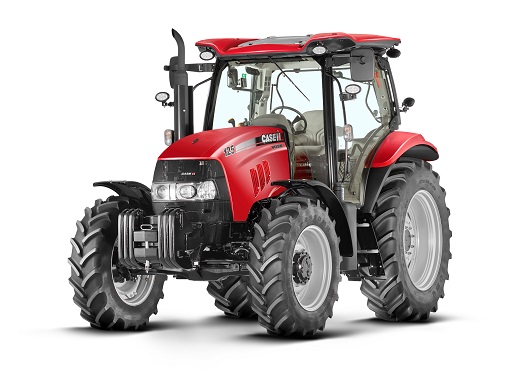
Read Also: How To Effectively Maintain Farm Tools to Increase Efficiency and Avoid Breakages
Two-wheel tractor
A two-wheel tractor or walking is a single-axle tractor. It is a tractor with one axle, self-powered and self-propelled. It can pull and power various farm implements such as a trailer, cultivator or harrow, a plough, or various seeders and harvesters. The operator usually walks behind it or rides the implement being towed. This is not the power tiller.
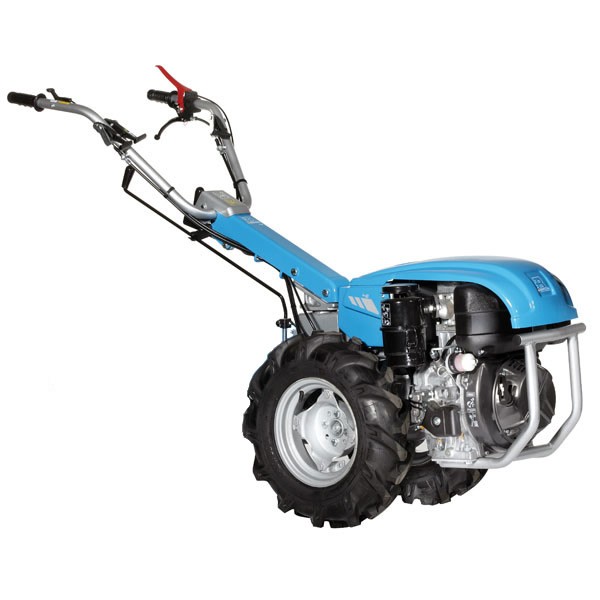
2. Soil preparation
Cultivator
Cultivators are farm implements used for secondary tillage. It could be a frame with teeth or shanks. These teeth pierce the soil as they are dragged through it linearly. It can also be a machine that use a rotary motion of disks or teeth to accomplish a similar result. The rotary or power tiller is a good example.
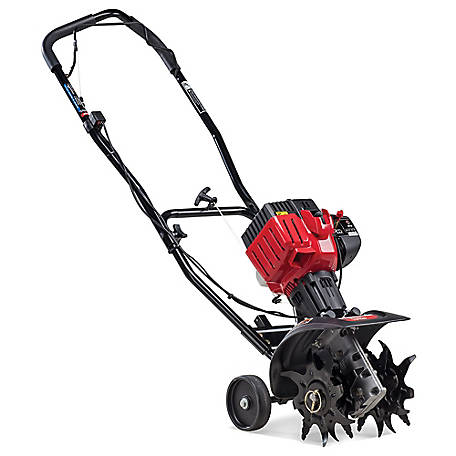
Read Also: Catalogue of Agricultural Tools, Implements and Machinery and Their Uses
Plough
A plough is an implement for loosening or turning the soil before sowing seed or planting. Traditionally, ploughs were drawn by oxen and horses. Now they are drawn by tractors. A plough may have a wooden, iron or steel frame, with a blade attached to cut and loosen the soil.
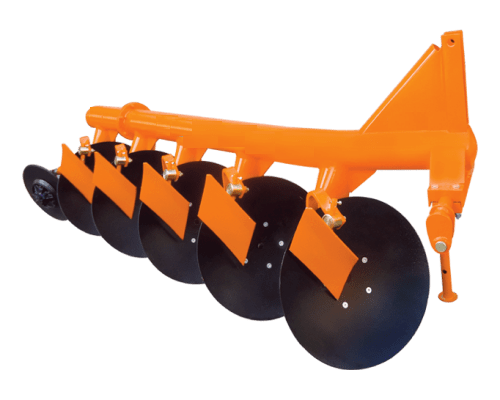
Harrow
A harrow is an implement for breaking up and smoothing out the surface of the soil. In this way, it is distinct in its effect from the plough, which is used for deeper tillage. Harrowing is often carried out on fields to follow the rough finish left by ploughing operations. The purpose of this harrowing is generally to break up clods (lumps of soil) and to provide a finer finish, a good tilth or soil structure that is suitable for seedbed use. Coarser harrowing may also be used to remove weeds and to cover seed after sowing. Harrows differ from cultivators in that they disturb the whole surface of the soil, such as to prepare a seedbed, instead of disturbing only narrow trails that skirt crop rows (to kill weeds).
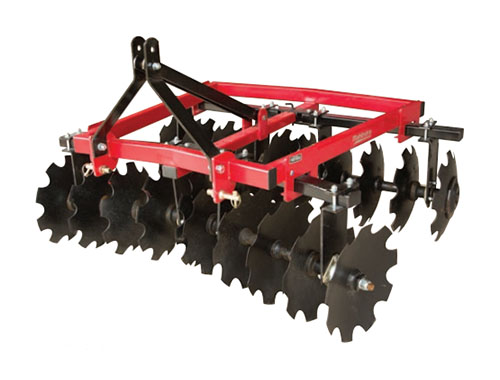
Roller crimper
The roller-crimper is a water-filled drum with chevron-patterned blades that attaches to the front or back of a tractor. This implement presses and breaks the cover crop against the soil surface. This gives easy access to the soil during planting. The roller-crimper is used on no-till fields.
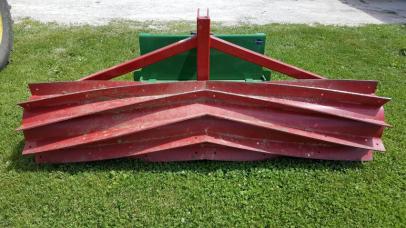
Land imprinter
The land imprinter is also a no-till device. It is used for establishing grass cover in arid environments and deserts. The imprinter consists of a metal roller, with steel angles welded to the surface in various configurations. The angled teeth of the imprinter cut through weeds and brush to form a mulch, while the teeth press seeds of grasses and other plants into the soil.
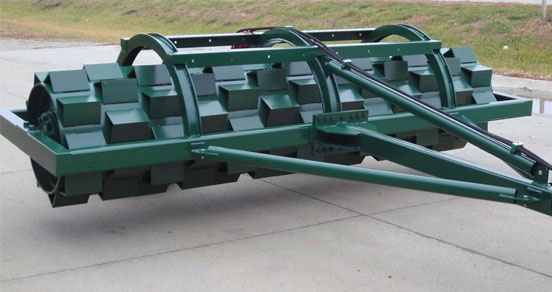
Cultipacker
A cultipacker is a piece of implement attached to the tractor. It crushes dirt clods, removes air pockets and presses down small stones. This forms a smooth, firm seedbed. After the seed broadcast, the roller gently firms the soil around the seeds, ensuring shallow seed placement and excellent seed contact with the soil.
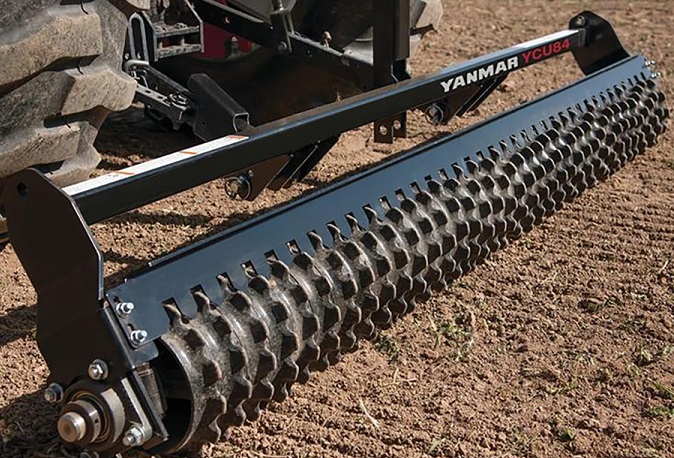
3. Planting
Read Also: These 6 Factors Will Ensure You Select Quality Crop Seed for Higher Yields
Planter
A planter is a farm implement, usually towed behind a tractor or manually handled. It sows or plant seeds in rows uniformly throughout the field. Planters lay the seeds down in a precise manner along rows. Planters vary in size, from 1 row to 54, with the biggest in the world being the 48-row, ie. John Deere DB120.
Machines that handle larger seeds are called planters, whereas those that handle smaller seeds are called seed drills and seeders. The way they work is similar.
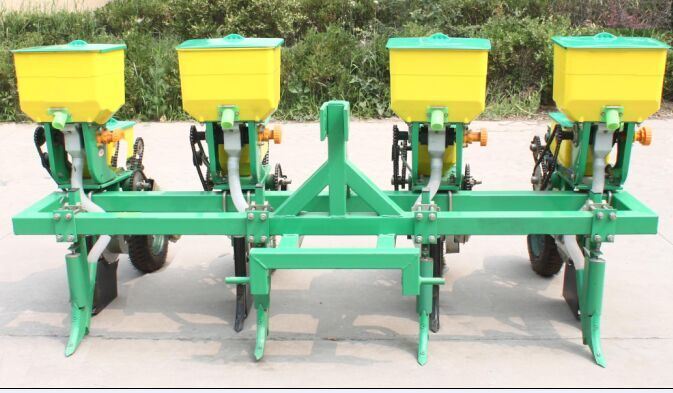
Seed drill/Seeder
A seed drill or seeder is a device used to sow seeds by positioning them in the soil and burying them to a specific depth. This ensures that seeds are distributed evenly.
The seed drill sows the seeds at the proper seeding rate and depth, ensuring that the seeds are covered by soil. This prevents birds and other animals from eating the seeds. It also prevents seeds from drying up due to exposure to the sun. With seed drill machines, the distance between rows is typically set by the manufacturer and cannot be adjusted.
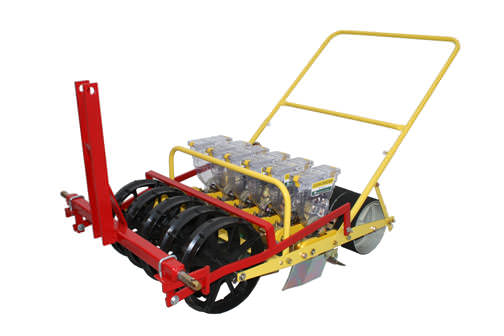
4. Spraying and Applying fertilizer and Organic manure
Manure spreader
A manure spreader is used to distribute manure over a field. A typical manure spreader consists of a trailer towed behind a tractor with a rotating mechanism driven by the tractor’s power take-off (PTO).
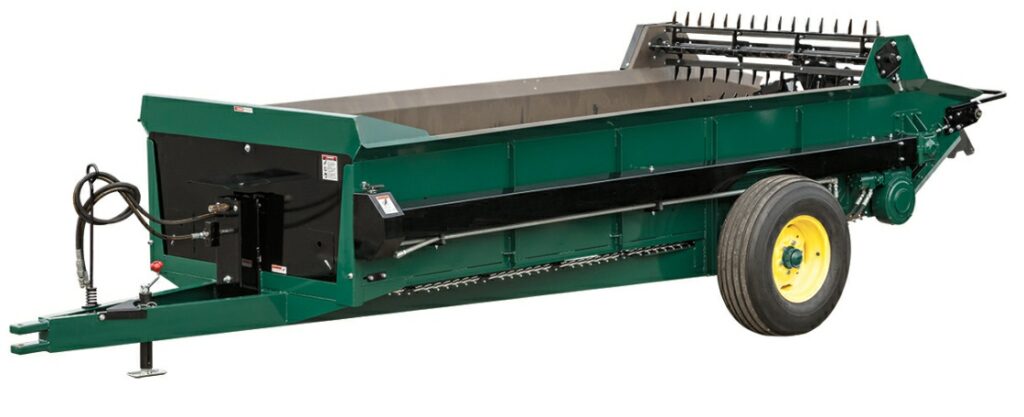
Sprayer
A sprayer is a piece of equipment that is used to apply herbicides, pesticides, and fertilizers on crops. Sprayers range in size from man-portable units (knapsack and motorized sprayers) to trailed sprayers that are connected to a tractor, to self-propelled units similar to tractors, with boom mounts.
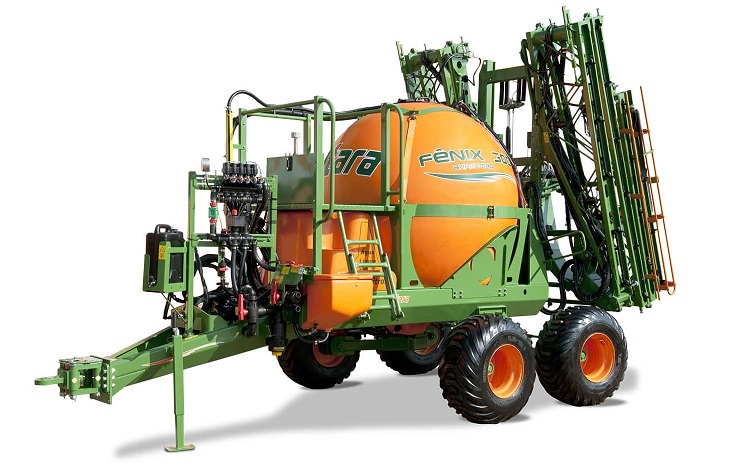
5. Irrigation
Read Also: 8 Key Factors in Choosing the Best Irrigation Method or System
Centre-pivot irrigation
A centre-pivot irrigation system is a movable pipe structure that rotates around a central pivot point connected to a water supply. A circular area centred on the pivot is irrigated, often creating a circular pattern in crops
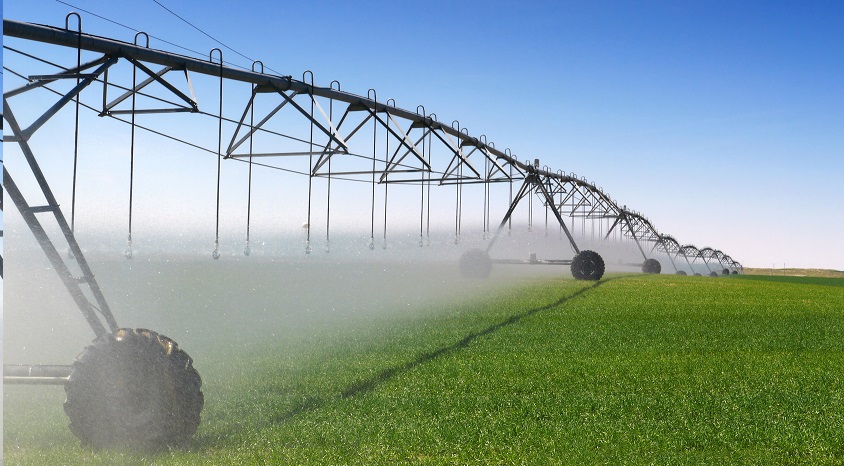
Hydroponics
Hydroponics is simply growing crops without soil, in water with all the required nutrients in solution. The crops are grown by exposing only their roots to the nutritious liquid. Additionally, the roots may be physically supported by a chemically inactive medium such as perlite, gravel, or other substrates.
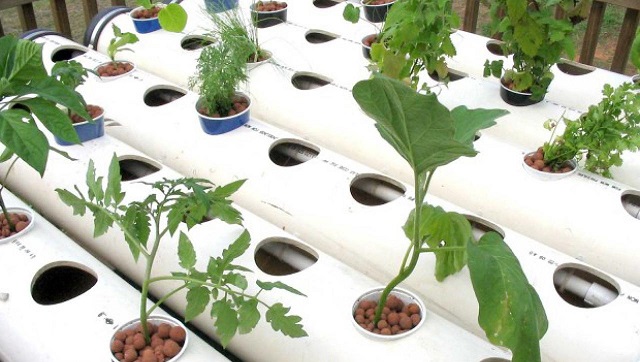
Drip irrigation
Drip irrigation is a micro-irrigation system that saves water and nutrients by allowing water to drip slowly to the roots of plants, either from above the soil surface or buried below the surface. The aim is to place water directly into the root zone and minimize evaporation.
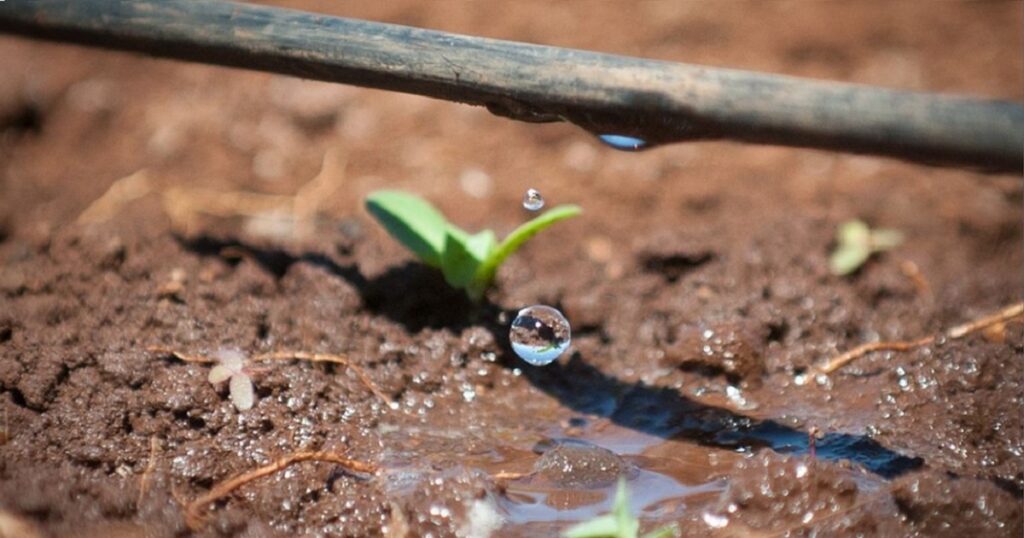
Sprinkler
Sprinkler irrigation is a method of applying water in a controlled manner in a way similar to rainfall. The water is distributed through a network that consisting of pumps, valves, pipes, and sprinklers.
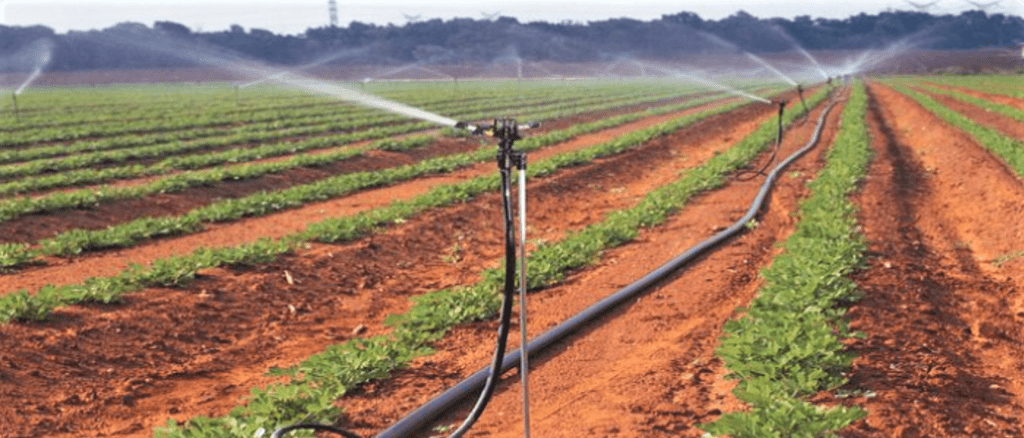
6. Harvesting
Combine harvester
The combined harvester, another one of the most important crop farm machines is designed to efficiently harvest a variety of grain crops. It combines four separate harvesting operations; reaping, threshing, gathering, and winnowing, during the process of harvesting. Among the crops harvested with a combine are wheat, rice, maize, sorghum, soybeans, etc.
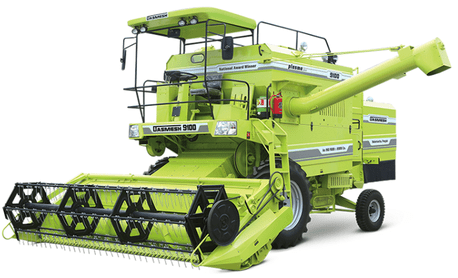
The importance of farm machines can never be overemphasized. As we grow even in small scale farming, mechanization helps a great deal to reduce cost and increase efficiency among many other benefits.
The list of Crop Farm Machines and Implements is not exhaustive. If there are others you would wish we add, please suggest it by commenting and we shall update it accordingly.


